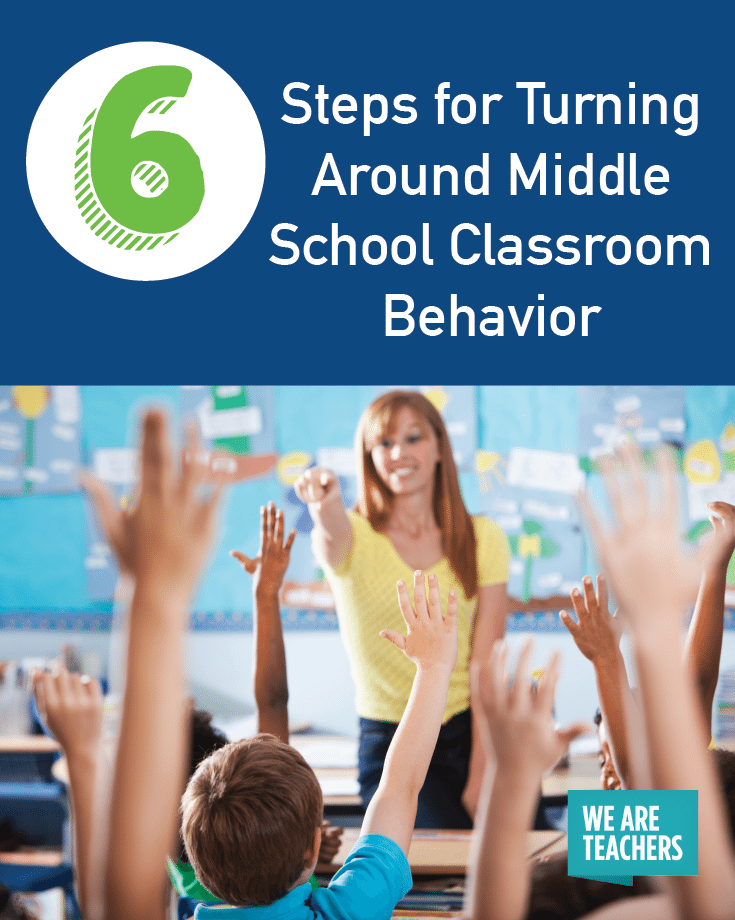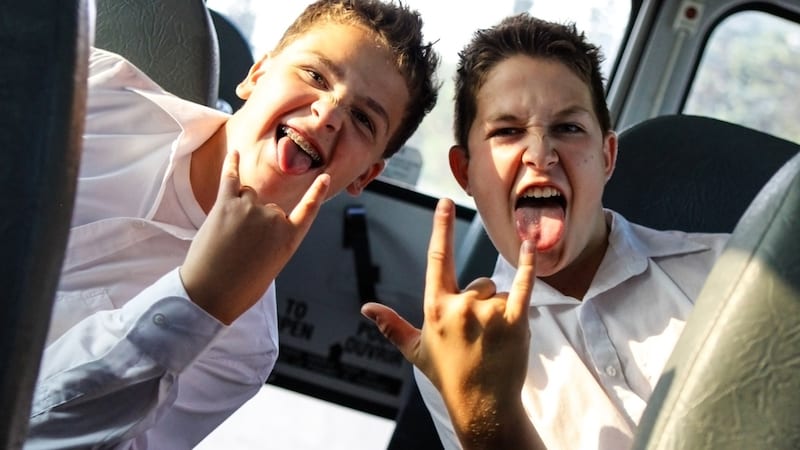“I don’t understand why you have all suddenly completely forgotten how to behave in a classroom. To help you remember, I want a two-page essay for homework about what the expectations are in our class and why you can’t behave today.”
When the whole class has taken leave of their senses and you end a class period in a state of extreme frustration bordering on homicidal rage, an essay like this makes a lot of sense. It induces suffering—always good—and feels like a natural consequence of their behavior—also good. There are a few problems, though.
First, if you’re lucky, two-thirds of the kids will actually complete the assignment. I can guarantee you that it will be the students who had nothing to do with the misbehavior. The actual instigators are definitely not going to write the essay, which means that either they get away with whatever havoc they’ve wreaked, or you have to find a new and exciting way to make them suffer.
Second, you have to grade those essays. And that’s awful. Why would you do that to yourself? And third, all those essays are going to say exactly the same thing. “The expectations are that we do our work and listen to directions. We didn’t do that today because we were being crazy. We should do what the teacher tells us to because we are at school to learn.”
A couple of years ago, I tried something new to replace the Rhetorical Essay of Shame and Suffering. I asked the same questions … but I actually wanted to know the answer. Here’s a step-by-step breakdown of how I now handle whole-class chaos:
Step 1: Kids act crazy.
I deal with it in all the ways I normally do—humor, focusing on the kids who are doing what they’re supposed to, changing up the activity, whatever. If all this fails, I move on to …
Step 2: Sit down and wait for silence.
It will come eventually. Don’t make eye contact with kids. Just sit and stare at your fingernails until they get curious and shut the hell up.
Step 3: Complete honesty.
“I’m really frustrated right now, and I’m trying not to take it out on people who are doing what they’re supposed to. You guys don’t usually act like this in my class. Can somebody tell me what’s going on with you today?” Then you wait. The first time you try this, chances are nobody will say anything.
Step 4: Offer suggestions.
Did something happen in another class? Do they not understand the assignment? Did they have multiple tests today and just need five minutes to move around before getting focused? Yeah, this may burn up some class time that you were planning to use on something else. But let’s face it: They already weren’t learning anything today, thanks to their ridiculous behavior! At this point, they probably still won’t tell you anything. Don’t worry! Move on to the next step!
Step 5: Give the assignment.
“So it looks like you need some time to think about why you’re acting this way, and that’s fine. But I want to understand what’s going on, because I usually leave your class feeling great, and today I’m Googling what kind of health insurance Walmart offers their employees. So here’s what I want you to write about for homework. What went wrong today? Why was your class having so much trouble getting it together? And what steps can I take as your teacher to help you out and make sure we have a better day tomorrow?”
Step 6: Bring the pain.
“I was hoping we could do this fun activity today, but I’m too frustrated and I don’t think you guys are focused enough to do it. So I think we’re going to get ahead on next week’s grammar notes instead, because I want to save a group project for a day when you can handle it. I look forward to reading your suggestions tomorrow so we can figure out a way to make fun activities work in our class.”
You’re done. Here’s what happens next. The kids do the assignment. At least, most of them do. The good kids, instead of being punished for the other kids’ actions, have had a chance to share their side of the story and be heard. The kids who were misbehaving, in many cases, will actually give you good suggestions. Maybe they need a seating change. Maybe something is going on in the class period before yours that needs to be addressed. Maybe somebody brought cupcakes to lunch yesterday and they were just on a sugar high.
Regardless of why they were acting the fool, you now have some insight into their behavior. More importantly, you’ve positioned yourself on their team. This is a class problem and everyone—including the teacher—is working together to solve it. You’re looking for ways to change your behavior as well as theirs, and kids will appreciate that. And the best part? While you do have to read their responses and adapt your class accordingly, you don’t have to grade them or track down late assignments. Less work for you, less resentment from the kids, and hopefully most of them get their shizz together so that you don’t have to do this again for at least a few weeks.
How do you handle middle school classroom chaos? Please share in the comments.


